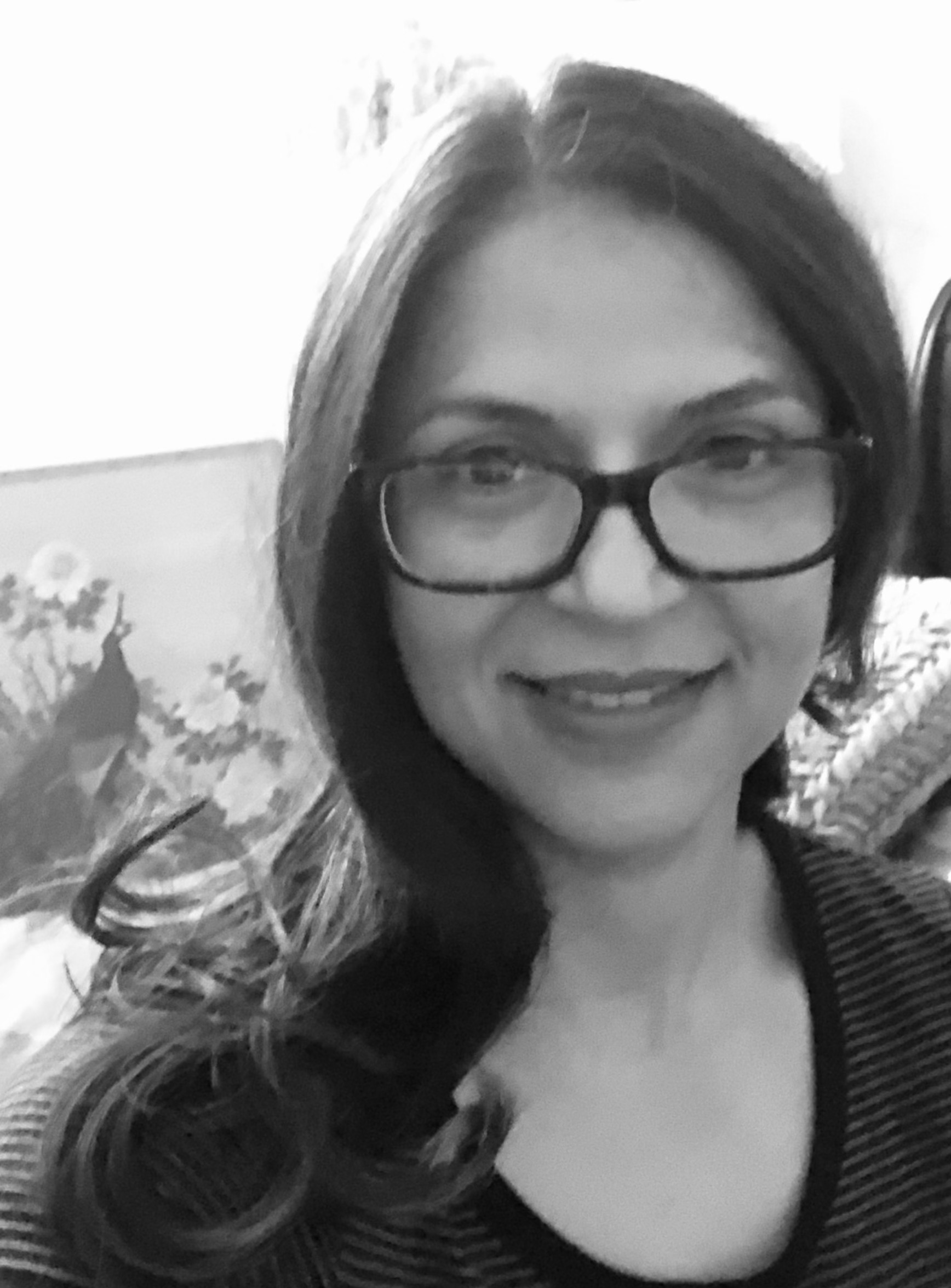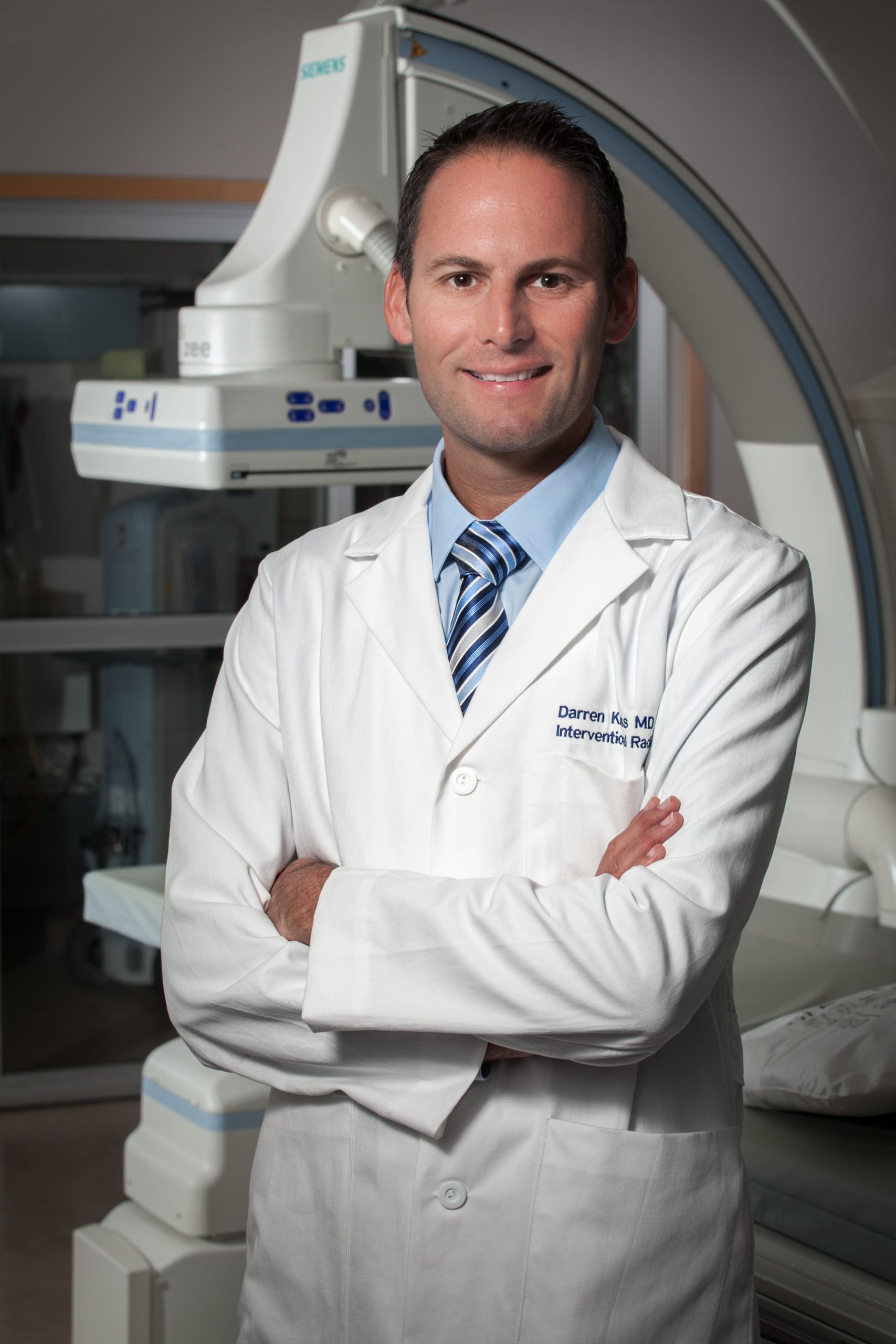Older brother to Scarlett and son of TJ Hodgkinson, William is like any other 10-year-old.
He’s inquisitive.
He likes nothing better than playing soccer with his friends.
He loves history, including medieval knights and the second world war.
William was also diagnosed with stage 4/5 nephroblastoma, also known as Wilms’ tumor, at the age of 7.
A cancer of the kidneys, Wilms’ is the 4th most common childhood cancer. Over the past three years, William has undergone chemotherapy and has had tumours—which spread all the way to his lungs—removed successfully, before relapsing.
“What happened to William should never have happened. If his illness had been picked up earlier, we would not have had to endure the tragedy of the past three years or be faced with the prospect of a terminal illness. Early detection really can save lives, I’ve seen it happen.” ~TJ
It all started with a simple tummy ache, but William’s father took him into the ER as a precaution anyway. Standard medical imaging tests revealed that it wasn’t as simple as the flu—William had a massive tumor on his kidney.
What happened next is unimaginable to any parent.
William’s imaging had already been sent on to the regional hospital some 70 kilometers away, which had in turn been passed on to the specialist care unit at BC Children’s Hospital in Vancouver, over 400 kilometers away. They needed William there immediately for more advanced testing. This testing revealed that he had 8 more tumors in his lungs.
The diagnosis: Stage 4/5 nephroblastoma / Wilms’ tumor.
“Knowing your child is seriously ill, but not being able to pinpoint exactly what’s wrong with them or the extent of the problem is possibly one of the most stressful moments in this entire journey. Not being able to pinpoint things leaves you in limbo and thus on the constant verge of emotional meltdown. You are at your most emotionally vulnerable because you feel utterly helpless—your child wants answers, you want answers, but you not only cannot help, but you don’t have those answers. It’s consuming.” ~TJ
From the moment of diagnosis, the shock set in. TJ’s world was shattered when his son William was diagnosed with Wilms’, and his life entered a sort of auto pilot mode as they were swept from one hospital to the next for more medical imaging and more treatment.
“The medical professionals that surrounded us were fantastic and well-versed. I’m grateful. But nothing can take away that feeling of fear and sense of total isolation,” says TJ.
Medical imaging played a crucial role in the diagnosis of this boy’s tumor. The message though is, listen to your body and listen to your children. Take a moment to consider “my tummy hurts”. What’s the context? Is there one? It’s always okay to ask questions of your healthcare professionals.
As the parent of a child suffering from childhood cancer, wait times can feel like forever. Trusting that the medical system is doing its best to manage all of its patients—and not being afraid to advocate on your own behalf when necessary—is part of the process.
“Medical Imaging has been the cornerstone of all tests and evaluations of William’s diagnosis. We look to it to provide immediate, quantifiable information on where William is at any given moment, so the doctors could judge his treatment course accordingly.” ~TJ
TJ has channeled the stress, fear and frustration into advocacy work with the Wilms’ Cancer Foundation, a charity set up to provide emotional and financial support to those families dealing with the same thing, and to spread awareness of the disease to reduce the number of late-stage detections.
Meanwhile, William is currently in treatment at the Tek Acute Care Centre for life threatening and terminal illnesses. While the future remains uncertain, he’s receiving the best possible care at BC Children’s Hospital and his family perseveres with optimism advocacy work to spread the #imagingsaveslives message.
“Medical imaging has been so important in William’s diagnosis and subsequent treatment. Without it, William would not have survived.” ~TJ





